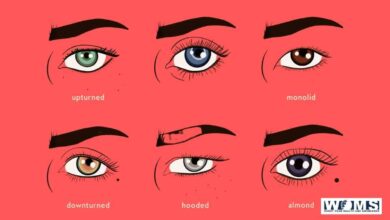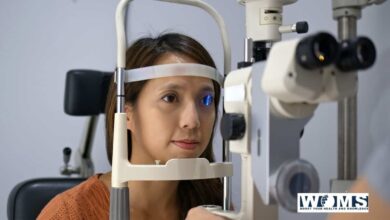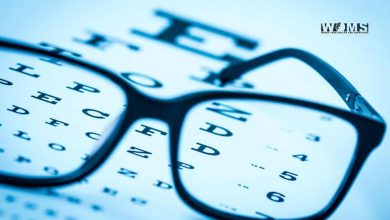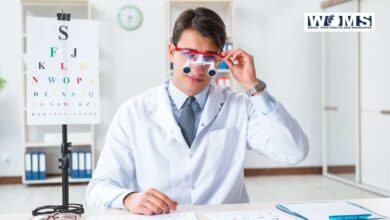
Vision is one of the most important senses. However, statistics show that many American adults are unaware of the dangers of neglected eye health, with only one-third of Americans knowing eye disease can ruin your eyesight before you notice symptoms. Furthermore, 53% of Americans know that certain groups are at higher risk of eye problems than others. With increased risks and a lack of knowledge, it is all the more important for people to consult an eye doctor and receive regular eye exams.
Most people are familiar with vision tests, usually conducted by a family doctor or school nurse. On the other hand, a comprehensive eye exam is conducted by an optometrist or ophthalmologist and involves more tests. Some may range from simple such as using an eye chart, to complex, high-powered lenses that can visualize the small structure of your eyes. Given how much more complex the process can be, it’s good to know how a comprehensive eye exam flows to maximize your time.
First entering the clinic
Depending on the clinic you’re visiting, they may accommodate walk-in patients or you may need to set an appointment ahead of time for an eye exam. Retailer LensCrafters takes great care in facilitating its eye exams and recommends customers book their preferred time and date for an eye exam. They ensure that the number of customers and patients entering the store is limited, doctors and associates maintain hand and respiratory hygiene, and all eye exam equipment and glasses are cleaned before and after each use. For more vulnerable members of the population, their doctor’s offices and/or stores can make special accommodations to minimize the risk of exposure.
If you already have a prescription from your previous eye exam, don’t forget to bring it for your doctor’s reference.
Tests conducted during eye exam
Comprehensive eye exams can last up to an hour or so, depending on how many tests your doctor assesses you need. Here are some vision tests you might undergo at a comprehensive eye exam:
Visual acuity
The most common test to measure the sharpness of vision. You’ll be tested for distance and near vision with a projected eye chart and a small, hand-held acuity chart, respectively.
Refraction eye exam
During refraction, the eye doctor places an instrument called a phoropter in front of your eyes and shows a series of lens choices. Based on your choice of two lenses, the doctor will fine-tune it until you find the best clarity, then they will give you a final eyeglass prescription.
Color blindness test
While many people may underestimate color blindness, having this condition can make everyday tasks more difficult than usual. As found in a study conducted by EnChroma, those afflicted with color blindness note it slows them down at work, with 65% having trouble interpreting color-coded materials and 20% being unable to perform certain tasks that require color identification. Through an eye examination, people can identify color blindness and potentially alert their eye doctor of underlying conditions affecting color vision.
Visual field
Through a visual field test, your doctor will check for blind spots (scotomas) in your peripheral or “side” vision. This may be a sign of eye disease like glaucoma or specific areas of brain damage caused by a tumor or stroke.
Pupil dilation
To get a better understanding of the inside of your eye, your eye doctor may use dilating drops to make your pupils larger temporarily. This effect can last for a few hours, depending on the strength of the mix, so avoid being exposed to bright light.
Eye examinations are an essential part of eye care. By getting your eyes checked, you can detect and prevent eye problems from becoming worse and maintain good vision. To explore more about your eyesight, we recommend visiting our post about how diabetes affects your vision.




